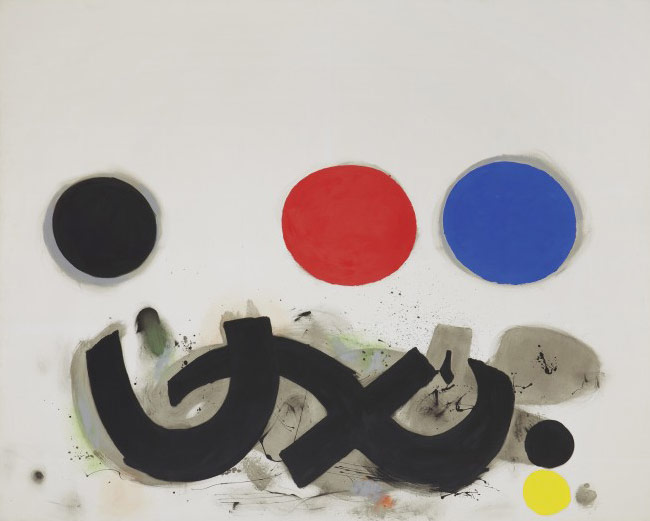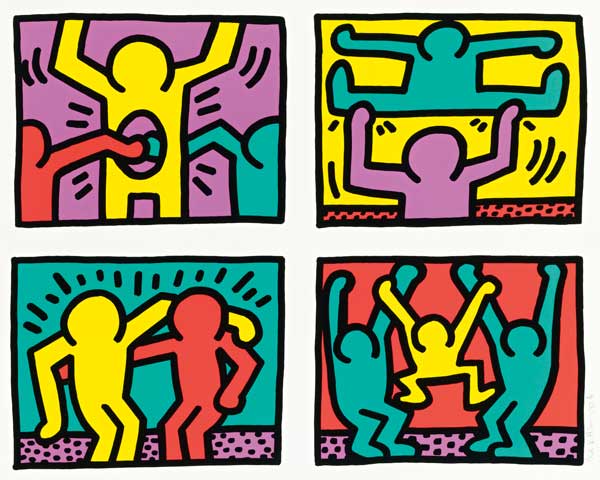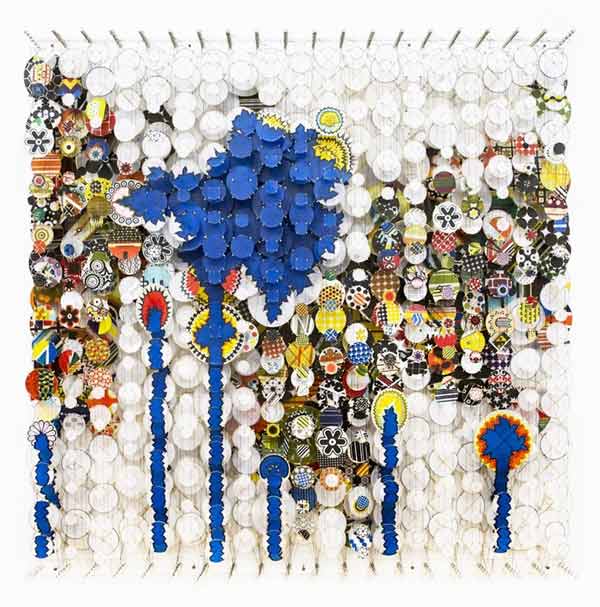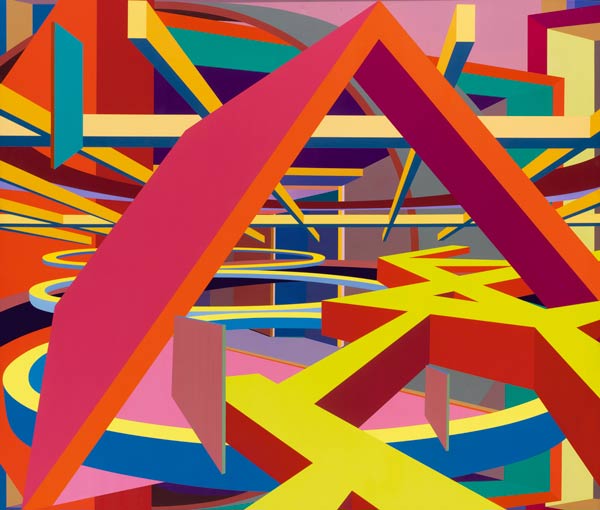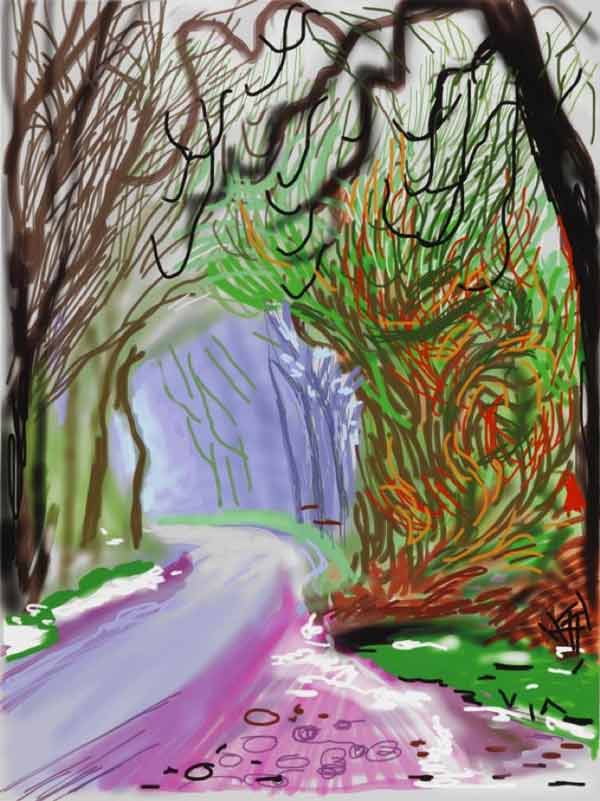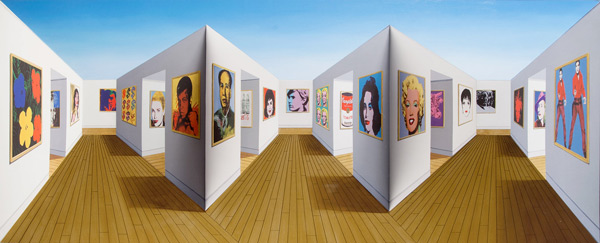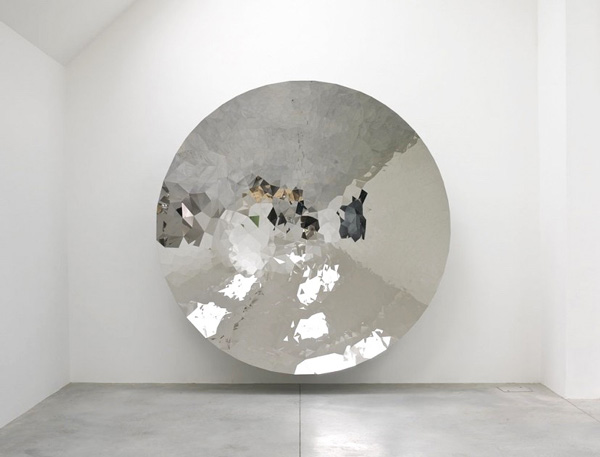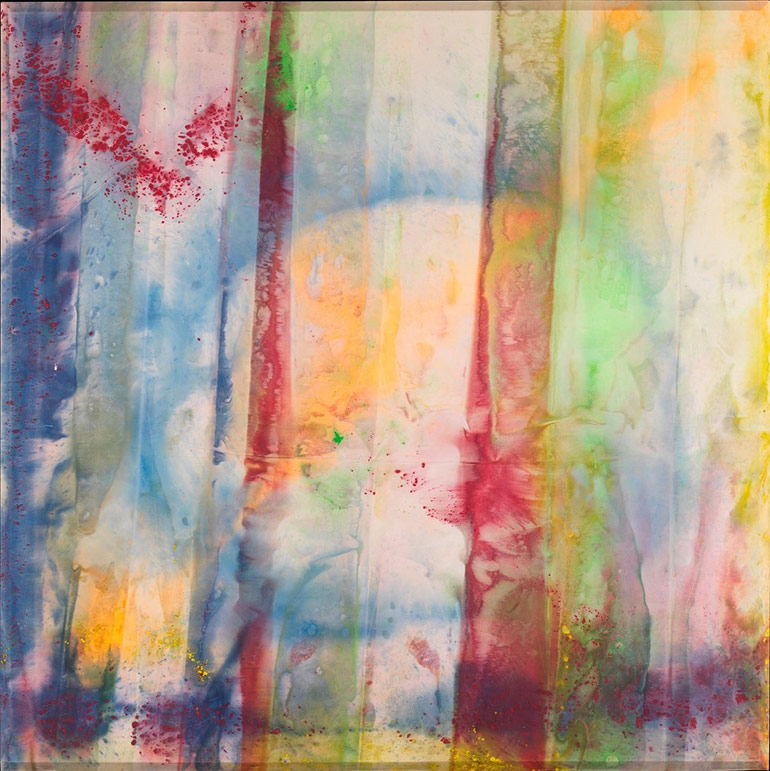
Sam Gilliam was born in Tupelo, Mississippi in 1933. He is an African-American colour field painter and lyrical abstractionist artist. He is associated with the Washington Colour School, a group of Washington, D.C. area artists that popularized a form of abstract art from colour field painting in the 1950s and 1960s.
Gilliam innovated the form of abstract expressionism by filling canvases with fields of saturated colour and layers of expressionistic brushstrokes. His work has been impacted by the free form structure of jazz music, citing Miles Davis and John Coltrane as influences.
One of the great innovators in post-war American painting, he often displays his paintings in atypical draping installations – taking the canvas off its stretcher and creating sculpture-painting hybrids. Recently, Gilliam has worked with aluminium, steel, and computer-generated imaging to produce textured paintings that incorporate metal forms.
In 2017, Gilliam participated in the Venice Biennale and in 2018 his work was exhibited at Art Basel. His work is included in the permanent collections of the Tate, Museum of Modern Art (MoMA), Lincoln Center Editions, and the San Francisco Museum of Modern Art (SFMOMA). In 2022, the Hirshhorn Museum in Washington, DC will exhibit the first major retrospective of his work in nearly two decades.
Gilliam currently works in Washington, D.C.


